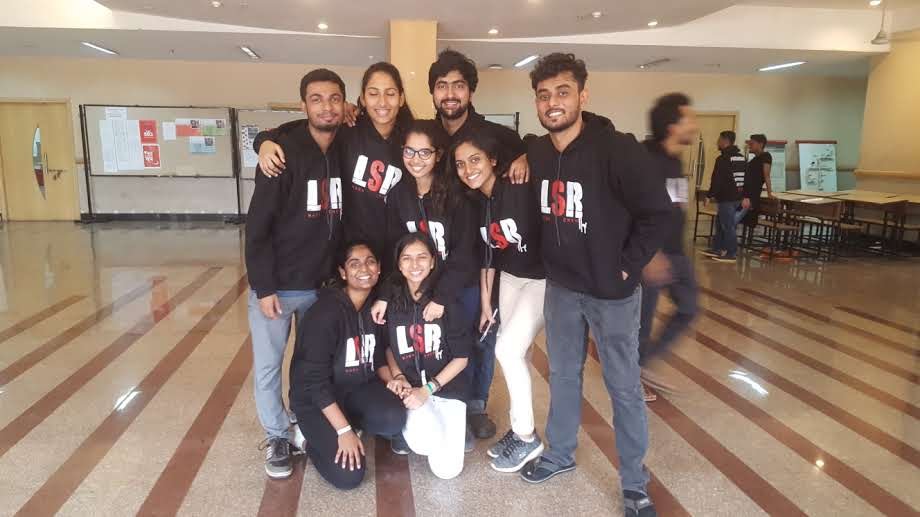04
Jul 2014
The Need for Urban Resilience
There is an undying and crucial relationship between ‘cities’ and ‘water’ – as many river channels have been originators of human settlements. With cities continually turning their backs to such river systems, the Sabarmati Riverfront development project in Ahmedabad, Gujarat presented a case of ‘urban regeneration’ and ‘spatial restructuring of the city’ that envisaged extensive land reclamations on the riverbanks with its numerous beautification projects aiming at improving the city’s image; boosting the quality of life of residents. The stated vision for many cities to become ‘world-class’ can itself be a starting point of discussion and thereby raise numerous debates and impacts as follows:
Impact on Social Fabric
In the pretext of ‘place-making’, the project marginalized interests of the ‘urban poor’ affecting thousands of families with the removal of informal settlements along the riverbanks. Some of the families were rehabilitated and resettled towards the outskirts of the city with negligible compensation and with limited or no access to basic necessities of daily life. The proposals of certain stretches were planned as ‘CBD’s , while certain others as ‘townships’ offering thrice the existing FSI, suggesting to offer a plethora of work opportunities and luxurious residential dwellings for just the upper sections of the population; questioning the idea affordability and right to the city.
Questions on Ecology
The extensive land reclamation involved construction of concrete embankments that narrowed the river channel thereby affecting the carrying capacity and the flow of water in the river, resulting in a dependency of water source from the river Narmada. This reduction in carrying capacity deterred the biochemical oxygen content that was vital for the survival of aquatic life.
Impact on Public Health
The use of the polluted waters of Sabarmati for agriculture and daily use still poses a threat towards human health.
Impact on the Environment
Though the project claimed to address flooding problems and treatment of sewage, there has been no such cleaning of the river; rather there has just been a diversion of the sewage to the river downstream. Moreover, no Environment Impact Assessment of the project was done before the sanctioning or execution of the project.
Questions on Resilience
The report prepared by the National Institute of Hydrology and IIT, Roorkee stated the development to be a non – flood controlled scheme; and discussed that considerations of rainfall were not taken into account over the proposed areas of catchment. This report also insisted on the need for the Government and the Corporation to look out for other strategies to meet such challenges of floods.
Public or Private interest
The project aimed to provide a wide variety of open spaces (80% reclaimed land) such as large parks and promenades, where some portion (20%) of the reclaimed land was sold to private developers for commercial benefits. Moreover, there was no public consultation before the sanctioning of the project.
Conclusions:
Adverse effects of urbanization have led to multiple complexities of varied scales not just affecting the existing stakeholders, but also the cities at large. The Sabarmati Riverfront development project just commodified the river as a source for private benefits; merely emulating western models of riverfront proposals with a complete disregard towards the existing ecological and social setting. There is a dire need for the urban planning approaches to be more of a multi-disciplinary approach equating demands of ecology, environment, recreation and associated livelihood of multiple stakeholders in the urban setup of cities. The entire aspect of resilience and sustenance in the long run (as proposed as SDGs by the United Nations) lies majorly on the ‘operational efficiency’ of a certain parcel of land. This kind of efficiency is dependent on the richness of social networks and ties and the feeling of belonging or association of citizens towards the planning ideas proposed on that parcel of land. Urban Planners and experts need to move beyond the paradigm of economic efficiency, and imbibe this social responsibility and work towards ensuring the ‘right to city’ to all citizens. ‘Open Source Urbanism’ is the need of the hour and should be imparted at multiple scales to multiple sects of the population as an open source to share valuable information as insights on a world wide scale for better planning approaches in the future.
Bibliography and References:
-
- Chris Johnson, 2011, ‘Indian Cities: Managing Urban growth’, Metropolis & National Institute of Urban Affairs
- Navdeep Mathur, Dec 2012, ‘On the Sabarmati Riverfront Urban Planning as Totalitarian Governance in Ahmedabad’, Vol XLVII, EPW, Economic & Political Weekly
- Mohan S Rao, 2014, ‘Sabarmati Riverfront Project: Alternative perspective by Mohan S Rao’ , LA, Journal of Landscape Architecture
- Dr. Ger Bergkamp, Bert Diphoorn, Corinne Trommsdorf, 2016, ‘’Water and development in the urban setting”, Ch 10, IWA, International Water Association.
- Krishnachandran Balakrishnan, 2018, ‘Sabarmati Riverfront Development: An Exercise in ‘High-Modernism’? , I.S. Rivers
COPYRIGHT DISCLAIMER:
The above article is a part of my ongoing research on ‘’Questions on resilience in urban planning practices in India’. No part of this article may be reproduced or transmitted in any form by any means without permission. Any illegal reproduction of the above content will result in immediate legal action.
Ar. Mildred Jose
(Urban Designer, Architect and Historian)
For more information in our other Architecture and Interior Designing Courses, visit the following course details:



